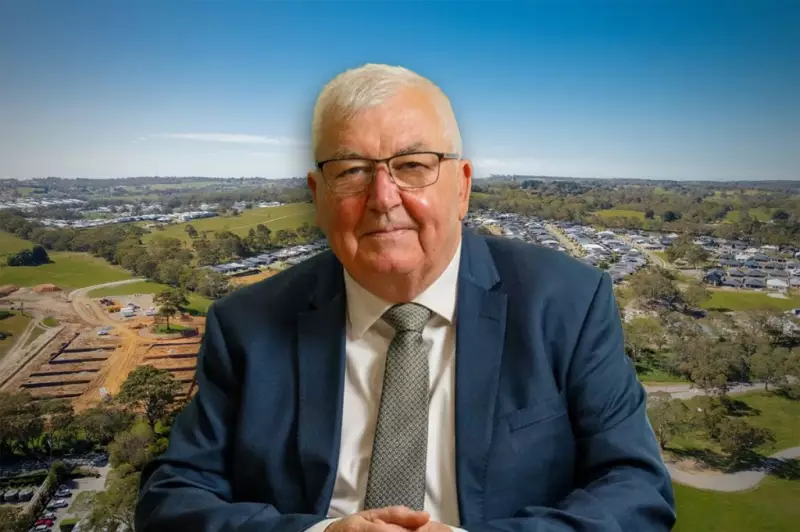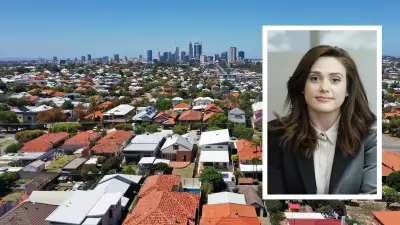
Fifteen years after a contentious planning decision that reshaped Mount Barker's future, only a quarter of the rezoned farmland has seen actual development, revealing complex challenges in one of South Australia's most significant urban expansion projects.
The Slow Pace of Transformation
Mount Barker's ambitious rezoning plan has delivered just 25 percent development completion since its controversial approval in 2010. The decision, which sparked considerable debate at the time, was expected to rapidly transform agricultural land into residential communities to accommodate Adelaide's growing population.
Helen Karakulak reported on November 12, 2025, that the development timeline has progressed much slower than initially anticipated. The updated analysis provides crucial insights into the practical hurdles facing large-scale urban expansion projects in regional South Australia.
Challenges and Community Response
Local Adelaide Hills leaders have expressed mixed reactions to the development pace. While some celebrate the deliberate approach as allowing for better planning, others voice frustration at the slow delivery of promised infrastructure and housing.
The video documentation by Jack Morton for InDaily captures the current state of Mount Barker's redeveloped farmland, showing both completed residential areas and vast tracts that remain untouched. This visual evidence underscores the significant gap between planning approval and on-ground implementation.
Infrastructure development has emerged as a critical bottleneck, with road networks, public transport, and community facilities struggling to keep pace with even the modest development that has occurred. Local authorities acknowledge that coordinating these essential services remains a complex challenge.
Future Directions and Leadership Vision
Adelaide Hills community leaders have begun outlining their priorities for Mount Barker's continued growth. Their focus includes sustainable development practices, improved infrastructure integration, and maintaining the region's unique character while accommodating new residents.
"There's still a lot of work to be done," summarizes the prevailing sentiment among stakeholders. This acknowledgment reflects both the unfinished nature of the development project and the ongoing commitment to getting the growth strategy right rather than simply fast.
The experience of Mount Barker serves as a valuable case study for other Australian regions facing similar urban expansion pressures. The lessons learned here about balancing development speed with quality outcomes could inform future planning decisions across the country.





